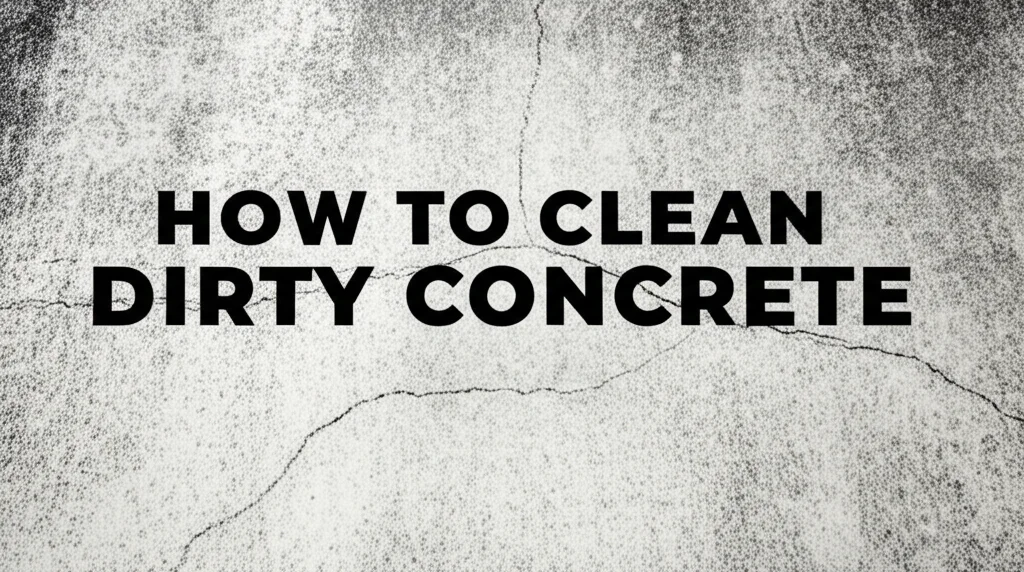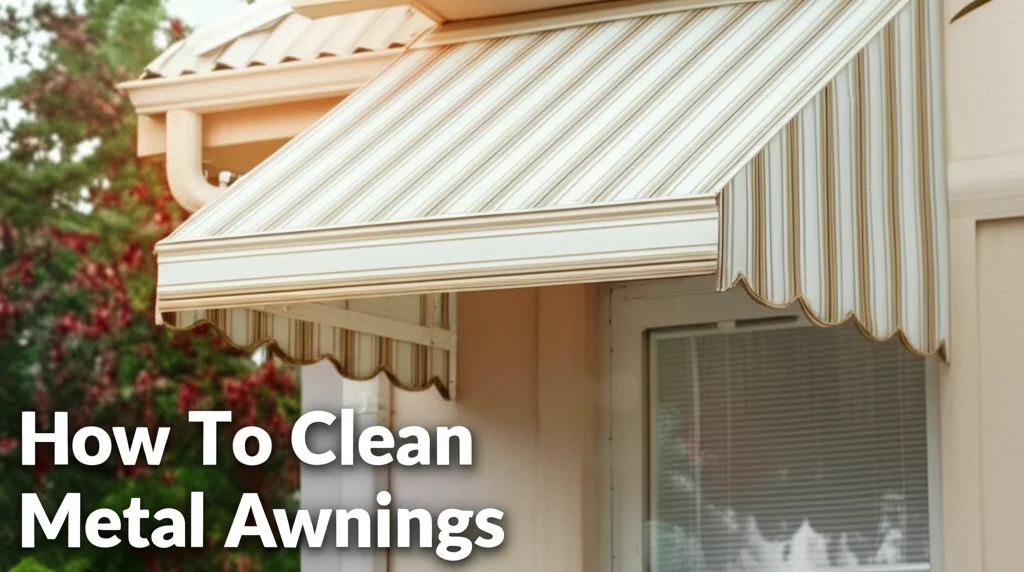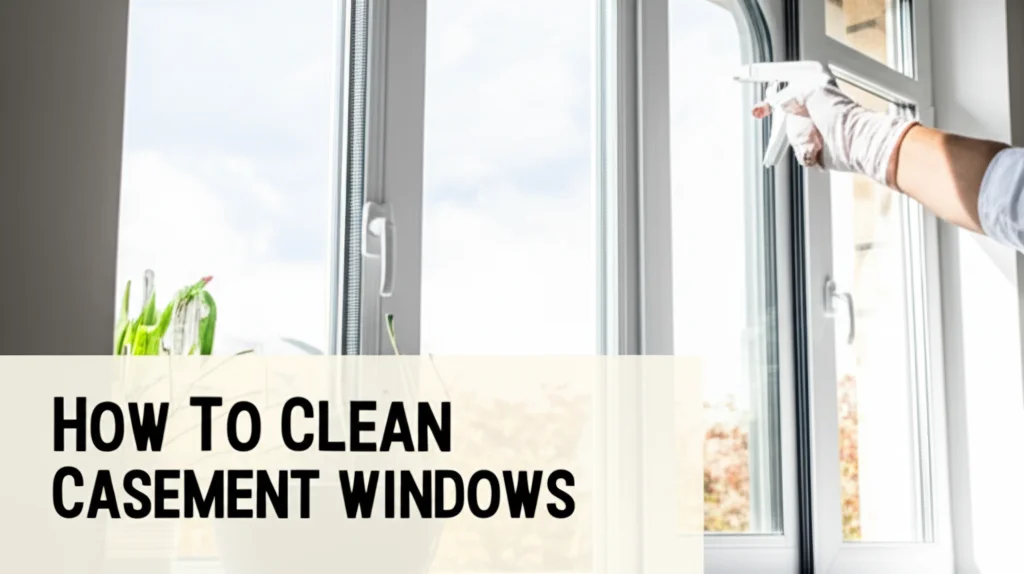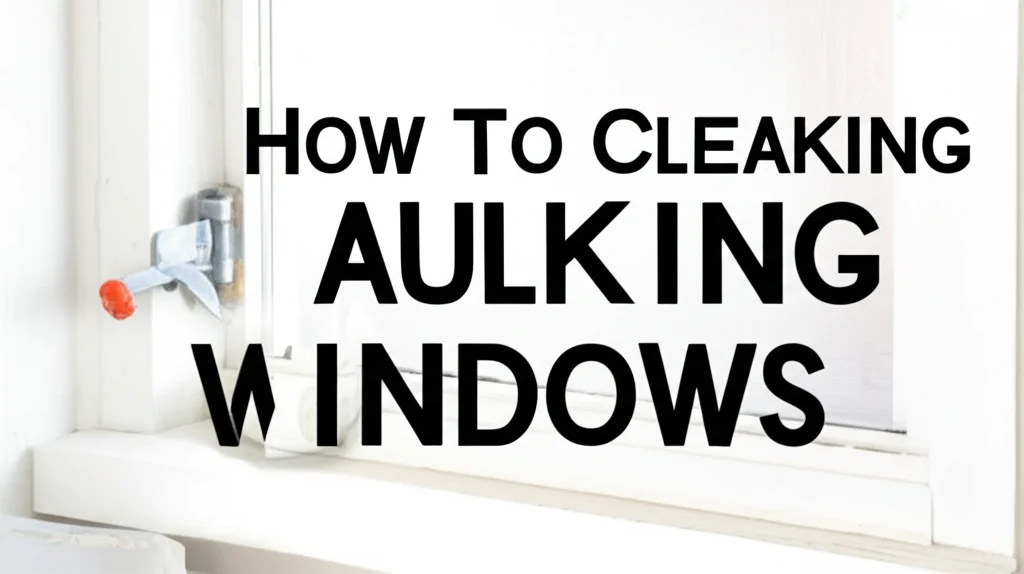· Home Improvement · 7 min read
How To Clean Algae Off Screen Enclosure
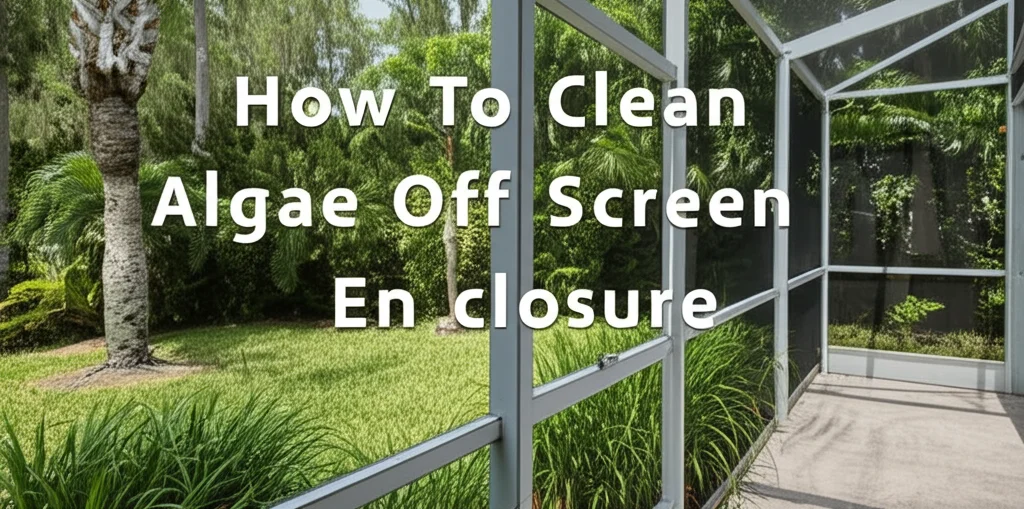
How To Clean Algae Off Screen Enclosure: A Step-by-Step Guide
Have you noticed a greenish tinge on your lanai or patio screen enclosure? That’s likely algae, and it’s a common problem for homeowners in warm, humid climates. Algae isn’t just unsightly; it can also make your enclosure look neglected and, if left unchecked, potentially damage the screen material. This article will walk you through how to effectively clean algae off your screen enclosure, restoring its clarity and extending its lifespan. We’ll cover everything from the best cleaning solutions to the proper techniques for a sparkling clean finish.
Quick Answer: To clean algae off a screen enclosure, mix a solution of mild soap (like dish soap) and water, or use a commercial algae cleaner specifically designed for screens. Gently scrub the algae with a soft brush or sponge, rinse thoroughly with a garden hose, and allow to dry.
Takeaway:
- Regular cleaning prevents algae buildup.
- Mild solutions are best to avoid screen damage.
- Thorough rinsing is crucial for a streak-free finish.
Why Does Algae Grow on Screen Enclosures?
Algae thrives in damp environments with plenty of sunlight. Screen enclosures, especially those facing shaded areas that retain moisture, provide the perfect breeding ground. Rain, humidity, and even sprinkler systems contribute to the conditions algae needs to flourish. Understanding why algae grows is the first step in preventing it and keeping your enclosure clean. It’s important to address the issue promptly, as algae can become more difficult to remove the longer it’s left to accumulate.
Algae isn’t just a cosmetic issue. It can also trap dirt and debris, further accelerating the deterioration of your screen material. Regular cleaning not only improves the appearance of your enclosure but also helps to preserve its structural integrity. You can also check out https://www.beacleaner.com/how-to-clean-outside-windows-upstairs/ for more outdoor cleaning tips.
Gathering Your Cleaning Supplies
Before you start, gather all the necessary supplies to make the cleaning process efficient and effective. Having everything within reach will save you time and effort. Here’s a checklist of what you’ll need:
- Cleaning Solution: Mild dish soap and water, commercial algae cleaner for screens, or a mixture of white vinegar and water (1:1 ratio).
- Soft Brush: A long-handled soft-bristled brush is ideal for reaching all areas of the enclosure.
- Sponge: A sponge can be used for more delicate areas or stubborn algae spots.
- Garden Hose: With a spray nozzle for rinsing.
- Bucket: For mixing your cleaning solution.
- Gloves: To protect your hands.
- Eye Protection: Safety glasses or goggles.
- Ladder (if needed): For reaching higher areas safely.
Choosing the Right Cleaning Solution
Selecting the right cleaning solution is crucial to effectively remove algae without damaging your screen enclosure. Harsh chemicals can degrade the screen material, so it’s best to opt for milder options. Here’s a breakdown of popular choices:
- Dish Soap and Water: This is the gentlest option and works well for light algae growth. Simply mix a few tablespoons of dish soap with a gallon of water.
- Commercial Algae Cleaner: These cleaners are specifically formulated for removing algae from outdoor surfaces, including screens. Always follow the manufacturer’s instructions carefully.
- White Vinegar and Water: Vinegar is a natural disinfectant and can effectively dissolve algae. Mix equal parts white vinegar and water in a spray bottle. Be cautious when using vinegar on aluminum frames, as it can cause corrosion.
- Bleach Solution (Use with Extreme Caution): While effective, bleach can damage screens and surrounding vegetation. If you choose to use bleach, dilute it heavily (1 part bleach to 10 parts water) and rinse extremely thoroughly.
Remember to test any cleaning solution on a small, inconspicuous area of the screen first to ensure it doesn’t cause discoloration or damage. If you’re looking for more cleaning solutions, you can check out https://www.beacleaner.com/what-is-the-best-cleaning-solution-for-ceramic-tile-floors/.
Step-by-Step Cleaning Process
Now that you have your supplies and cleaning solution, it’s time to get to work! Follow these steps for a thorough and effective cleaning:
- Prepare the Area: Remove any furniture or objects near the screen enclosure. Cover any plants or sensitive landscaping to protect them from the cleaning solution.
- Apply the Cleaning Solution: Using a brush, sponge, or spray bottle, apply the cleaning solution to the affected areas of the screen.
- Scrub Gently: Gently scrub the algae with the soft brush or sponge. Avoid applying excessive pressure, as this could damage the screen. Work in sections, overlapping each area to ensure complete coverage.
- Let it Sit (Optional): For stubborn algae, allow the cleaning solution to sit on the screen for 5-10 minutes before rinsing.
- Rinse Thoroughly: Use a garden hose with a spray nozzle to rinse the screen thoroughly. Ensure all traces of the cleaning solution are removed.
- Inspect and Repeat: Inspect the screen for any remaining algae. If necessary, repeat the cleaning process.
- Allow to Dry: Allow the screen enclosure to air dry completely.
Dealing with Stubborn Algae
Sometimes, algae can be particularly stubborn and require extra effort to remove. Here are a few tips for tackling tough algae buildup:
- Pre-Soak: Before scrubbing, pre-soak the affected areas with the cleaning solution for a longer period (up to 30 minutes).
- Use a Pressure Washer (with Caution): A pressure washer can be effective for removing stubborn algae, but use it with extreme caution. Use a low-pressure setting and a wide-angle nozzle to avoid damaging the screen.
- Repeat Applications: Multiple applications of the cleaning solution may be necessary to fully remove the algae.
- Focus on Shaded Areas: Shaded areas tend to accumulate more algae, so pay extra attention to these spots.
If you’re struggling with tough stains elsewhere, you might find https://www.beacleaner.com/how-to-get-coffee-stains-out-of-carpet/ helpful.
Preventing Future Algae Growth
Cleaning algae off your screen enclosure is a temporary solution. To prevent future growth, take these preventative measures:
- Regular Cleaning: Clean your screen enclosure at least twice a year, or more frequently if you live in a particularly humid climate.
- Trim Nearby Vegetation: Trim any trees or shrubs that are casting shade on the enclosure, as this creates a damp environment conducive to algae growth.
- Improve Air Circulation: Ensure good air circulation around the enclosure to help it dry quickly after rain.
- Consider an Algae Inhibitor: Apply an algae inhibitor specifically designed for outdoor surfaces to help prevent algae growth.
- Address Water Sources: Identify and address any sources of standing water near the enclosure, such as leaky sprinklers or drainage issues.
FAQ
Q: Can I use bleach to clean my screen enclosure? A: While bleach can be effective, it’s harsh and can damage the screen material. If you choose to use bleach, dilute it heavily (1 part bleach to 10 parts water) and rinse extremely thoroughly. Always test in an inconspicuous area first.
Q: How often should I clean my screen enclosure? A: At least twice a year is recommended, but more frequent cleaning may be necessary in humid climates or if you notice significant algae growth.
Q: Will vinegar damage my aluminum screen frame? A: Vinegar can corrode aluminum over time. Use it cautiously and rinse thoroughly if you have an aluminum frame.
Q: Is it safe to use a pressure washer on my screen enclosure? A: Yes, but use a low-pressure setting and a wide-angle nozzle to avoid damaging the screen.
Conclusion
Cleaning algae off your screen enclosure doesn’t have to be a daunting task. By following these simple steps and using the right cleaning solutions, you can restore your enclosure to its former glory and enjoy a sparkling clean outdoor space. Remember that regular maintenance is key to preventing future algae growth and protecting your investment. Don’t let algae ruin your view – take action today! If you’re looking for more cleaning tips, you can check out https://www.beacleaner.com/how-to-clean-hardwood-floors-with-vinegar/ for a comprehensive guide.

